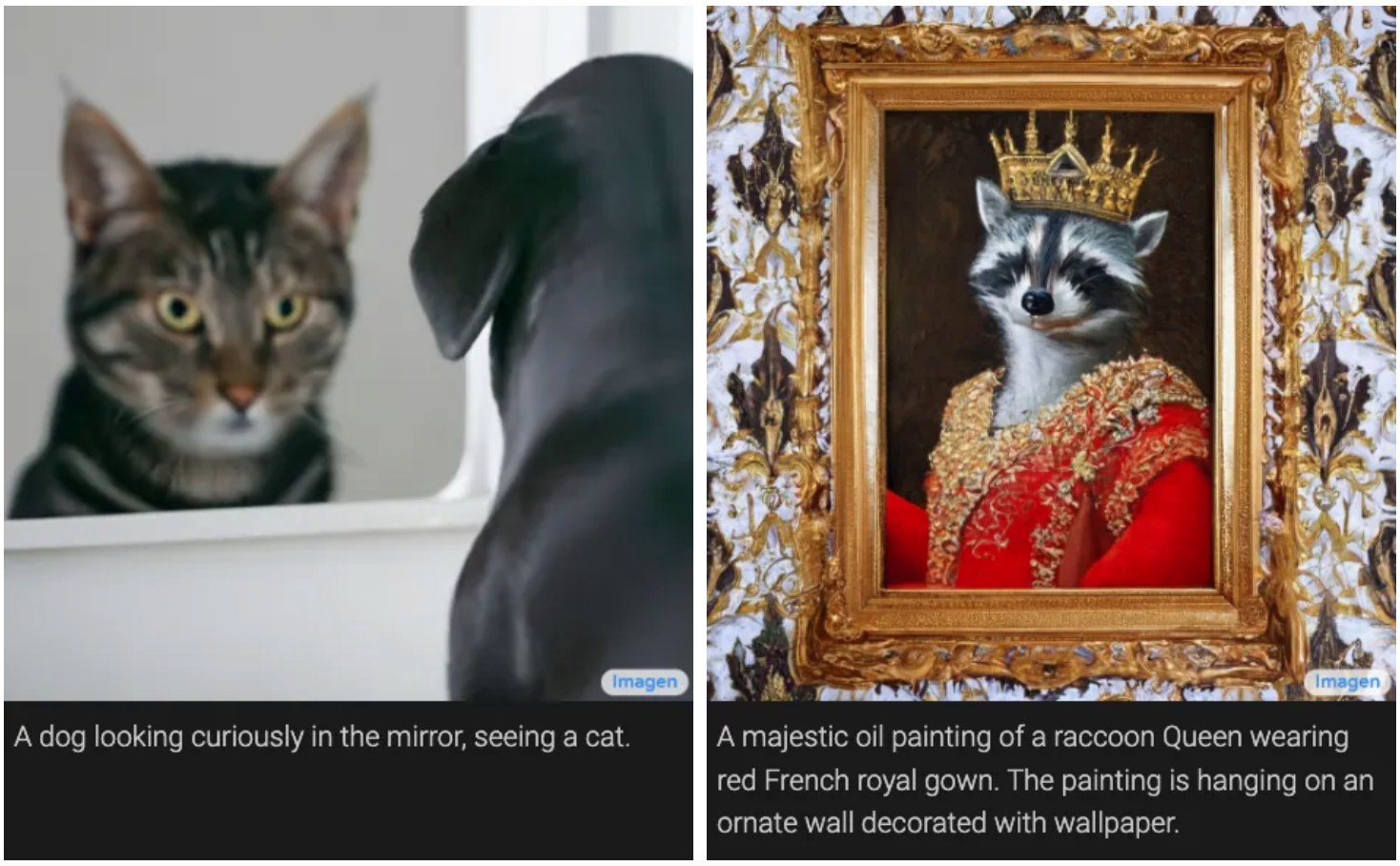AI and Data Annotation Can Generate Images of Even the Wildest Imagination
There’s a new hot trend in AI: text-to-image generators. Feed these programs any text you like, and they’ll generate remarkably accurate pictures that match that description. They can match a range of styles, from oil paintings to CGI renders and even photographs, and — though it sounds cliche — in many ways, the only limit is your imagination. There are many leaders in the field, such as DALL-E, which is a program created by commercial AI lab OpenAI (and updated just back in April). Recently, though, Google threw its hat into the ring with Imagen and rivals DALL-E in terms of the quality of its output.
In this article, we will take a look at this new technology and the data annotation that is required to create it.
What are the New AI Capabilities in Image Generation?
New AI text-to-image generators from companies like Google, NightCafe, StarryAI, and many others allow anybody to type in a text-based description of an image, and the AI system will create a visual image based on that description. The best way to understand the amazing capability of these models is to simply look over some of the images:

It’s staggering what AI algorithms can do nowadays. It takes less than a minute to generate an entire set of images. Not all of them will look pleasing to the eye, nor do they necessarily reflect what you had in mind. But, even with the need to sift through many outputs or try different text prompts, there’s no other existing way to pump out so many great results so quickly – not even by hiring an artist. And, sometimes, the unexpected results are the best.
How Do Such AI Systems Work?
The model is trained by looking at millions of images from the internet with their associated captions. Over time, it learns how to draw an image from a text prompt.
Some of the concepts are learned from memory as they may have seen similar images. However, it can also learn how to create unique images that don’t exist, such as “the Eiffel tower is landing on the moon,” by combining multiple concepts together.
Several models are combined together to achieve these results:
- An image encoder that turns raw images into a sequence of numbers with its associated decoder
- A model that turns a text prompt into an encoded image
- A model that judges the quality of the images generated for better filtering

What Types of Data Annotation are Required to Train Text to Image Systems?
The AI systems use optical character recognition (OCR) to read and understand texts written by humans. However, for the system to develop OCR capabilities, a lot of data annotation is required, such as text classification. This means that human data annotators would need to label key phrases and words to explain to an ML algorithm what to look for in a text to classify it. Named entity recognition (NCR) might also be required, which is the task of identifying and categorizing key information (entities) in text. This is very useful since the user may input landmarks, names of specific companies, and other entities, and the system needs to understand all of these inputs.
Trust Mindy Support With All of Your Data Annotation Needs
Mindy Support is a global company for data annotation and business process outsourcing, trusted by several Fortune 500 and GAFAM companies, as well as innovative startups. With nine years of experience under our belt and offices and representatives in Cyprus, Poland, Romania, The Netherlands, India, and Ukraine, Mindy Support’s team now stands strong with 2000+ professionals helping companies with their most advanced data annotation challenges.





